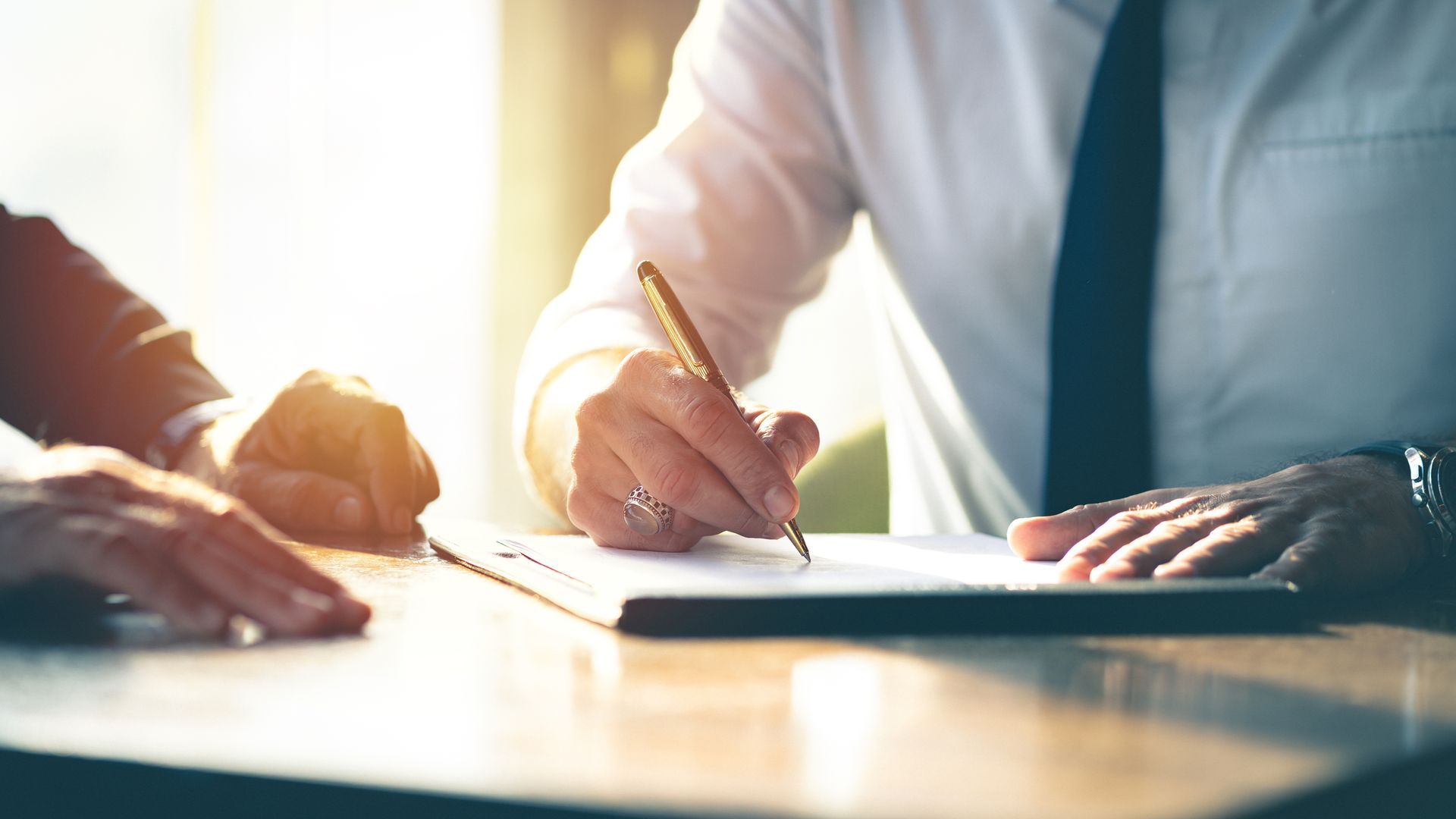Slip and fall accidents are among the most common types of personal injury cases, often leading to significant injuries and financial burdens for the victims. Proving liability in a slip and fall accident can be complex, as it involves demonstrating that the property owner or occupier was negligent and that their negligence directly led to the accident. This article provides a comprehensive guide on how to prove liability in a slip and fall case, outlining the key elements that need to be established and offering practical advice for building a strong case.
Key Elements to Prove Liability
To succeed in a slip and fall case, you must prove several key elements:
Duty of Care
The property owner or occupier must have a duty of care to maintain a safe environment for visitors. This means they are responsible for addressing hazards and ensuring that their property is free from conditions that could cause harm.
Determine Ownership: Establish that the property owner or occupier had control over the area where the accident occurred.
Understand Responsibilities: Identify the specific duty of care owed based on the type of property (e.g., residential, commercial) and the visitor's status (e.g., invitee, licensee).
Breach of Duty
A breach of duty occurs when the property owner or occupier fails to meet their responsibility to maintain a safe environment. This can involve failing to address known hazards or neglecting to take reasonable steps to prevent accidents.
Identify Hazards: Document any hazardous conditions that contributed to the accident, such as wet floors, uneven surfaces, or obstructed walkways.
Gather Evidence: Collect evidence showing that the property owner or occupier knew or should have known about the hazard. This can include maintenance records, inspection reports, or witness statements.
Causation
You must demonstrate that the property owner's breach of duty directly caused the slip and fall accident. This involves linking the hazardous condition to the incident.
Establish Connection: Show that the hazardous condition was the direct cause of your fall. For example, if you slipped on a wet floor, you need to prove that the wetness directly led to the fall.
Document Injuries: Provide medical records and expert testimony that establish a clear connection between the accident and your injuries.
Damages
To claim compensation, you must prove that you suffered damages as a
result of the slip and fall accident. This includes physical injuries, emotional distress, and financial losses.
Document Injuries: Obtain medical records, photographs of injuries, and testimony from healthcare professionals to demonstrate the extent of your injuries.
Track Expenses: Keep detailed records of medical bills, lost wages, and any other expenses related to the accident. This will help substantiate your claim for damages.
Steps to Prove Liability in a Slip and Fall Case
Seek Medical Attention
Your health and safety should be your top priority after a slip and fall accident. Prompt medical attention is crucial for your well-being and for documenting your injuries.
Visit a Doctor: Get evaluated by a healthcare professional as soon as possible after the accident. This will provide a medical record of your injuries and establish a timeline of when the injuries occurred.
Follow Treatment: Adhere to the prescribed treatment plan and attend follow-up appointments to demonstrate the seriousness of your injuries.
Document the Scene
Gathering evidence from the accident scene is essential for proving liability. This evidence helps establish the presence of hazardous conditions and links them to your accident.
Take Photographs: Use your phone or camera to capture images of the hazard, the area where you fell, and any relevant surrounding conditions. Photographs provide visual evidence of the dangerous condition.
Record Details: Write down notes about the accident, including the time, location, and any factors that contributed to the fall. This can help refresh your memory and provide a detailed account of the incident.
Collect Witness Statements
Witnesses who observed the accident or the hazardous condition can provide valuable testimony to support your claim.
Identify Witnesses: If there were people present at the scene, obtain their contact information and ask for their account of the accident.
Get Written Statements: Request written statements from witnesses describing what they saw. This can strengthen your case by providing independent corroboration of the hazardous condition.
Obtain Maintenance Records
Maintenance records can show whether the property owner or occupier was aware of the hazard and whether they took appropriate action to address it.
Request Records: Ask for records related to the maintenance and inspection of the area where the accident occurred. This includes cleaning logs, repair records, and inspection reports.
Review for Negligence: Look for evidence of neglect or failure to address known hazards. For example, if the property owner knew about a water leak but did not fix it, this could demonstrate a breach of duty.
Consult a Personal Injury Lawyer
Navigating the
legal complexities of a slip and fall case can be challenging. An experienced personal injury lawyer can provide guidance and help build a strong case.
Choose a Lawyer: Select a lawyer who specializes in slip and fall accidents and has a track record of success in similar cases.
Share Evidence: Provide your lawyer with all relevant evidence, including medical records, photographs, witness statements, and maintenance records.
Develop a Strategy: Work with your lawyer to develop a legal strategy for proving liability and pursuing compensation.
Contact Day Injury Law Today
Proving liability in a slip and fall accident requires establishing several key elements, including duty of care, breach of duty, causation, and damages. By seeking medical attention, documenting the scene, collecting witness statements, obtaining maintenance records, and consulting with a personal injury lawyer, you can build a strong case and improve your chances of receiving fair compensation for your injuries. Understanding these steps and effectively gathering evidence will help ensure that you have a solid foundation for pursuing justice with Day Injury Law and recovering the damages you deserve.
Day Injury Law
1120 Mars Hill Road Ste 8
Watkinsville, GA 30677
(706) 425-4500


Watkinsville Location
1120 Mars Hill Rd Ste 8,
Watkinsville, GA 30677
(706) 425-4500
Athens Location
By Appointment Only
112 Park Ave,
Athens, GA 30601
(706) 425-4500
All Rights Reserved | Day Injury Law

